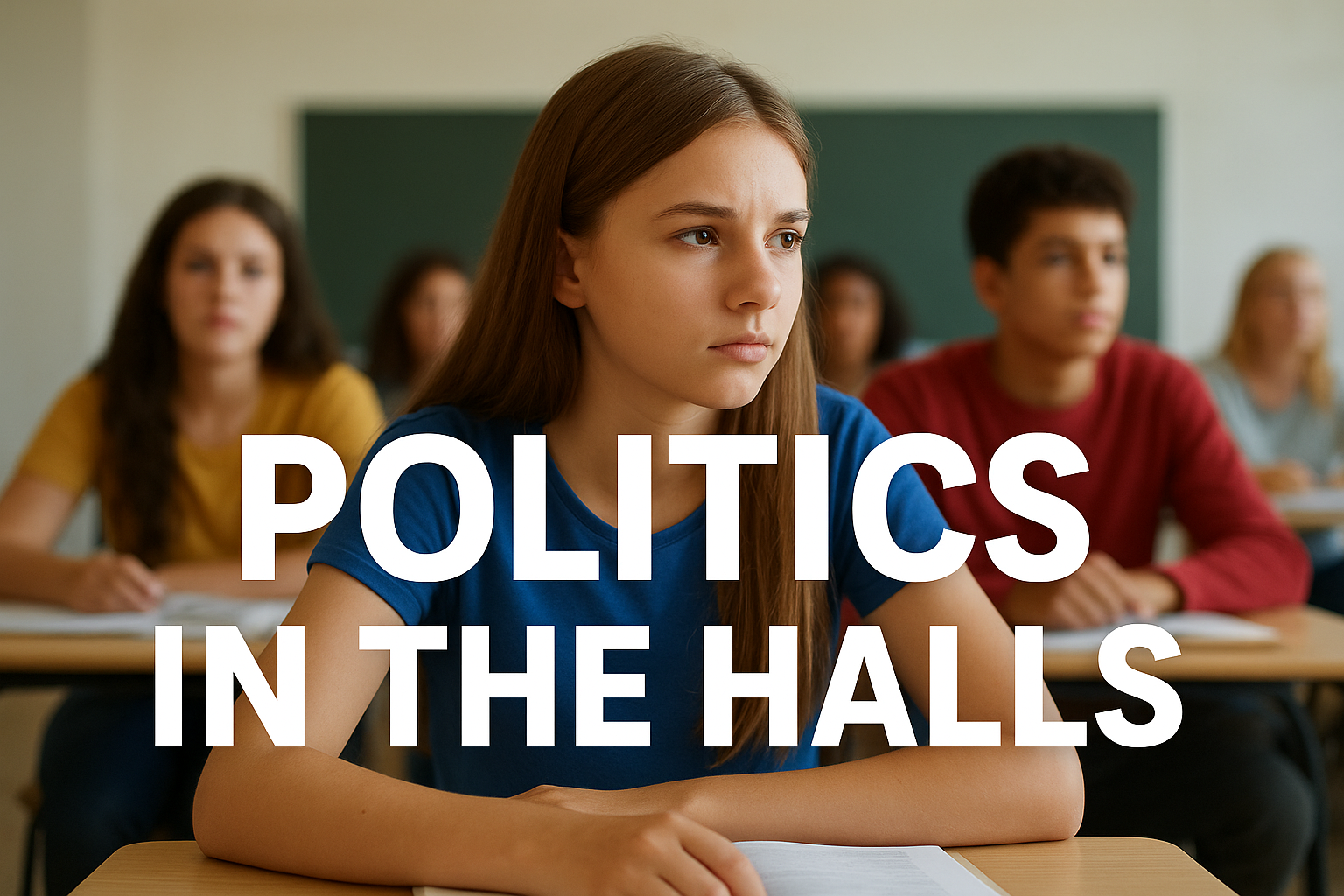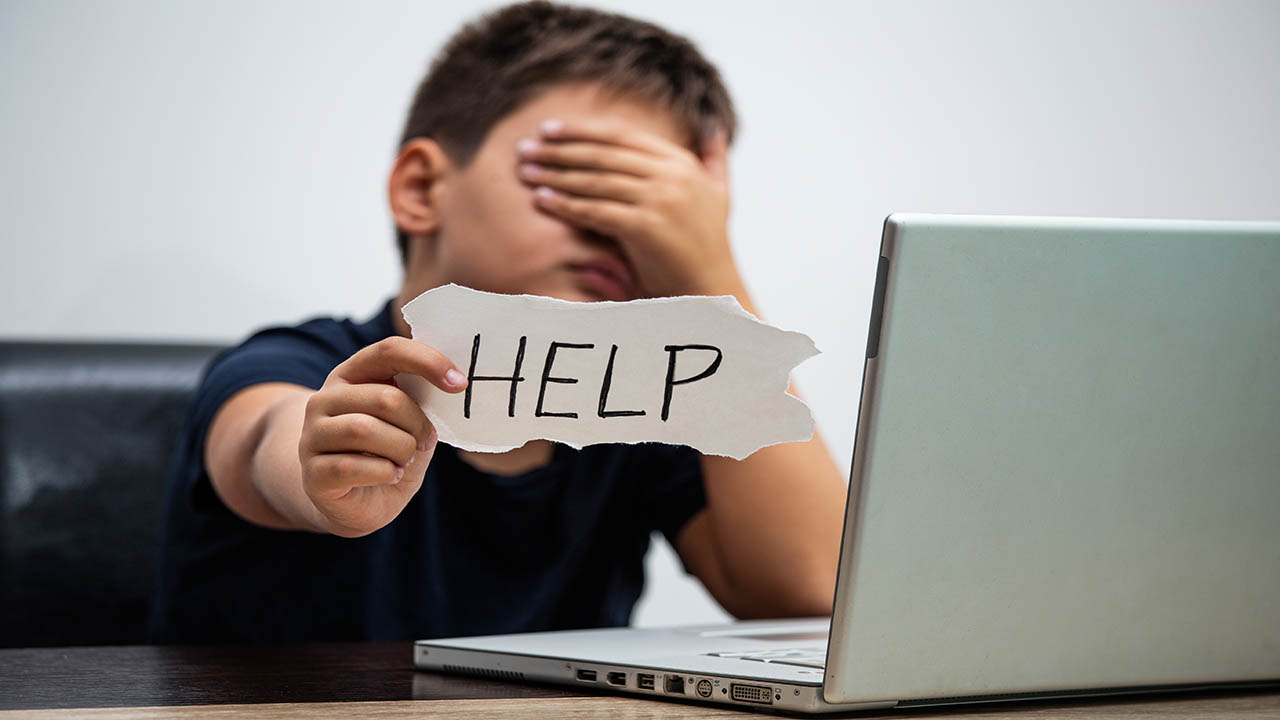
Polluted Skies and High Heat Expose School Facility Issues, Threaten Students’ Health
Nearly 64 million people in the United States currently live in counties that have been flagged by the American Lung Association for having spikes in deadly particle pollution on a daily basis. And studies show that children are at disproportionately high risk.
Exposure to tiny airborne particles from wildfires, an increasingly common occurrence of late, is about 10 times as harmful to children’s respiratory health as pollution from other sources. Children also are more vulnerable than other populations to excessive heat, another growing climate-related concern. Those surging health risks put an extra burden on schools to ensure that children are safe and comfortable enough to learn while they’re on campus.
“The wildfire smoke, the heat, the drought, flooding—all the impacts of climate change are here,” said Jonathan Klein, co-founder of Undaunted, a national nonprofit that advocates for solutions to fight climate change. “Schools are where students spend more of their waking hours than anywhere else. We need to make sure they’re resilient and prepared for extreme weather events.”
Right now, countless numbers of schools aren’t, say environmental experts. When the air quality gets too bad or temperatures soar, schools often respond by closing or sending kids home early. When schools are open, aging infrastructures, too few school nurses, and a lack of alternative recess space further challenge their ability to safeguard kids’ health and well-being in the face of increasingly extreme and frequent weather events.
Aging infrastructure
Shutting the windows is often the first line of defense to poor air quality days. But in schools with no or outdated air conditioning systems, this is not necessarily a viable solution. The average school building in the nation is 50 years old, and 41 percent of them need their HVAC system updated or replaced, according to Mike Pickens, executive director of the National Council on School Facilities.
“The life cycle of much of school systems’ HVAC equipment has exceeded its life expectancy by 15 to 25 years,” said Pickens, who explained that, nationwide, there is an $85 billion dollar gap between where school facilities are and where they need to be.
“I think there’s growing awareness that this is an issue,” Klein said. “The next step is to acknowledge that this is an emergency for young people.”
In places like California, home to some of the most polluted cities in the nation, the urgency is becoming increasingly apparent. Forty one of the state’s 58 counties received failing grades on the latest annual American Lung Association State of the Air report, issued in April of 2023.
State policymakers and advocacy groups are seeking to make California’s schools a safer refuge from polluted air with bills like SB394, which would require the California Energy Commission—the state’s energy policy and planning agency—to develop a plan for healthy, sustainable, and climate-resilient schools.
Klein, whose organization Undaunted is a co-sponsor of the bill, said he’s encouraged by its progress so far. It has received bipartisan support, passed through the senate policy committee, and is awaiting a hearing in the assembly appropriations committee when the legislature reconvenes from summer recess.
He said the bill is getting support from labor organizations, climate organizations, and educational organizations. “As far as I know, SB394 would be a first of its kind, a model for other states.” he said.
Too few school nurses
Buildings that provide healthy air are essential, but so too are school personnel who can monitor and address students’ health and related issues. Twenty-five percent of public schools have no nurses on staff, according to Kate King, president of the National Association of School Nurses. Even before the pandemic, which exacerbated the overall nursing shortages, school nursing shortages were considered to be at crisis levels.
King said that the lack of school nurses isn’t necessarily a breach in policy, as not every state requires schools to employ them. Competition from other settings, which tend to pay far more, also make it difficult to hire and keep nurses in schools.
Ideally, school nurses would manage acute health issues and spearhead emergency action plans for students with chronic conditions—many of which are exacerbated by poor air quality and extreme temperatures.
King said asthma, which affects about 6 million of the nation’s children under 17, tops this list. But there are many others, such as sickle cell disease or seizure disorders, which she said can be adversely affected by extreme temperatures.
Having no nurse in a school building on any given day is a risk to all students—especially those with chronic conditions. On days when students are exposed to dangerous heat or poor air quality, that risk only escalates.
Nowhere to blow off steam
While recess may seem like an afterthought in a school schedule, built-in opportunities for movement and play are essential for students’ well-being.
“We can’t expect kids in a room to sit and watch a video,” said Marisol Garcia, president of the Arizona Education Association. But with temperatures in places like Phoenix reaching the 100F degree mark or more, sometimes into October, being outside in the middle of the day isn’t an option either.
Garcia said the slides and swings on playgrounds can create an instant burning sensation when touched in the high heat. “Schools automatically have to transition to a rainy day schedule when it’s really hot,” she said.
“It’s not just bad for kids,” Garcia said. “Teachers don’t get a prep or lunch hour away from the children.”
Dig Deeper With Our Longreads
Newsletter Sign up to get our best longform features, investigations, and thought-provoking essays, in your inbox every Sunday.
The MEN was founded by John Huber in the fall of 2020. It was founded to provide a platform for expert opinion and commentary on current issues that directly or indirectly affect education. All opinions are valued and accepted providing they are expressed in a professional manner. The Maryland Education Network consists of Blogs, Videos, and other interaction among the K-12 community.









